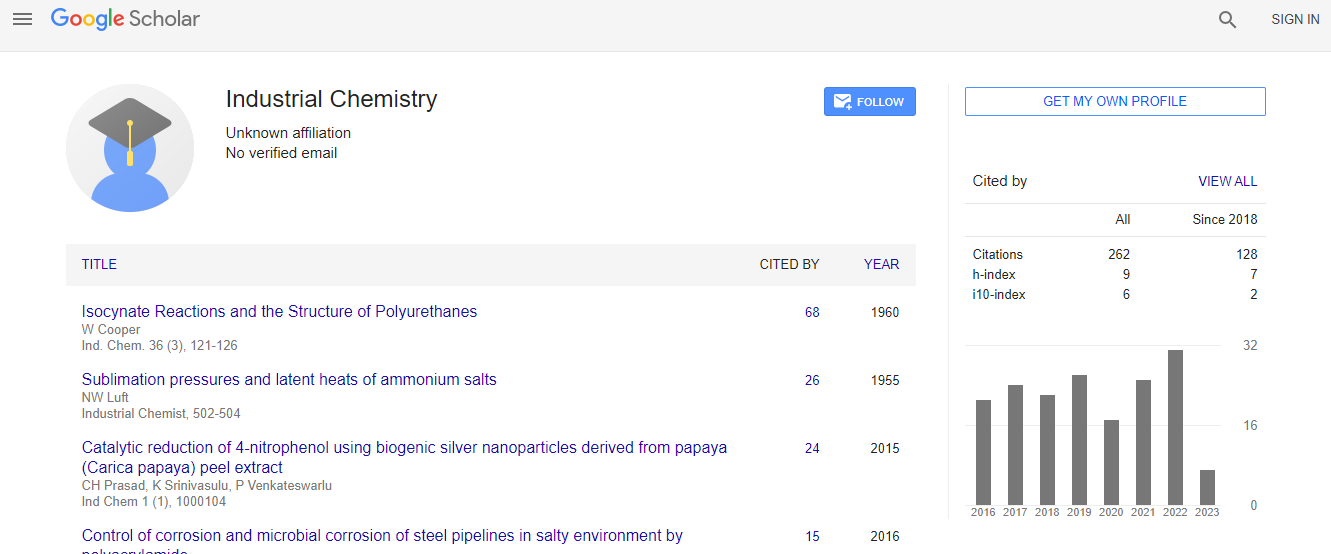Research Article
Thermodynamic and Hydro Dynamic Modeling Studies Using Mixed Adsorbent Prepared from Activated Charcoal and Bone Charcoal for the Removal of Copper and Cadmium
Srinivas Tadepalli1*, KSR Murthy2 and P Vijay1
1Department of Chemical Engineering, Bule Hora University, Ethiopia, Africa
2College of Engineering Studies, University of Petroleum and Energy Studies, Bidholi, Dehradun, India
- *Corresponding Author:
- Srinivas Tadepalli
Department of Chemical Engineering
Bule Hora University, Ethiopia, Africa
Tel: +251929523981
E-mail: stadepalli48@gmail.com
Received date: December 28, 2015; Accepted date: January 23, 2016; Published date: January 28, 2016
Citation: Tadepalli S, Murthy KSR, Vijay P (2016) Thermodynamic and Hydro Dynamic Modeling Studies Using Mixed Adsorbent Prepared from Activated Charcoal and Bone Charcoal for the Removal of Copper and Cadmium. Ind Chem 2:114. doi:10.4172/2469-9764.1000114
Copyright: © 2016 Tadepalli S, et al. This is an open-access article distributed under the terms of the Creative Commons Attribution License, which permits unrestricted use, distribution, and reproduction in any medium, provided the original author and source are credited.
Abstract
and bone Charcoal as a low cost material for the removal of copper and cadmium from synthetic metal solution was studied. A number of experiments were performed in order to determine the potential capacity of the adsorbent in terms of thermo Dynamic equilibrium from the batch data and Hydro dynamic study from the column data equilibrium experiments. The Positive values of change in Enthalpy show that the process is endothermic in nature for Cd (II) and the negative values of Change in Enthalpy shows that the process is exothermic in nature for Cu (II). The standard Gibb’s free energy values are positive which means that the process is not spontaneous in nature. The negative values of ΔS show that there is decrease in randomness at the solid/solution interface during the adsorption of copper. The basic hydrodynamic parameters of the packed bed are analyzed. The influence of different parameters such as liquid velocity, particles size and void age on mass transfer in packed beds is represented. The data for mass transfer in the investigated system are shown using Sherwood number (Sh), Schmidt number (Sc), mass transfer coefficient (K) and Colburn factor (JD) as a function of Reynolds number (Re) for particles and for column. The plot between Reynolds number (Re) and the ratio of Sh/ Sc are represented at different flow rates. Therefore in the present investigation it was summarized that large flow rates and smaller bed heights rendered the minimum possible resistance for the transfer of metal ions from liquid phase to packed bed. The study revealed that mixed adsorbent prepared by blending the activated charcoal and bone charcoal in 1: 1 ratio has more potential to act as an adsorbent for the removal of Cu and Cd from aqueous solution.

 Spanish
Spanish  Chinese
Chinese  Russian
Russian  German
German  French
French  Japanese
Japanese  Portuguese
Portuguese  Hindi
Hindi 